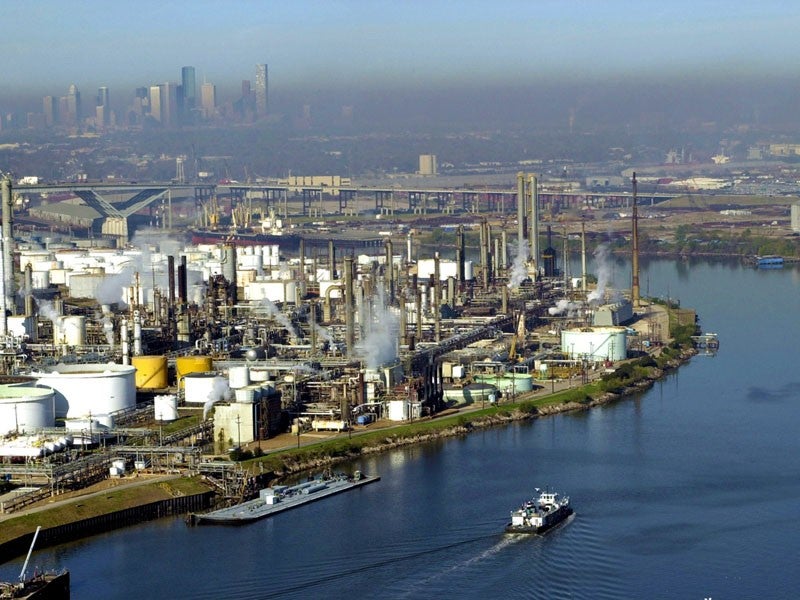Army Corps revokes permit and agrees to full environmental review if project is to move forward near toxic San Jacinto Waste Pits
Victory
—After lawsuit, agency revokes “Letter of Permission” shortcut, commits to proper environmental assessment of dredging and barge mooring risks
Contacts
Dustin Renaud, Earthjustice, drenaud@earthjustice.org
Jackie Medcalf, Texas Health and Environment Alliance, jyoung@txhea.org
Today, Texas Health and Environment Alliance (THEA) dropped their lawsuit against the U.S. Army Corps of Engineers for shortcutting permitting procedures for a barge company.
The U.S. Army Corps of Engineers (USACE) has agreed that it must conduct a full environmental review prior to approving any future permits related to a controversial dredging and mooring project within the San Jacinto River Waste Pits Superfund Site’s “Area of Concern.” The decision comes after THEA, represented by Earthjustice, filed a lawsuit challenging the agency’s unlawful approval of the project via a “Letter of Permission” — a shortcut that bypassed environmental scrutiny and public input.
The project site is near the toxic San Jacinto River Waste Pits in an area that has recently been identified as an area having cancer rates ‘significantly greater’ than the average in Texas.
Originally, USACE greenlit the project without conducting a full National Environmental Policy Act (NEPA) review, despite the project’s potential to stir up toxic contamination and strong community opposition against the project. The lawsuit argued further investigations were necessary given that dredging and increased barge traffic near the waste pits could disturb hazardous materials, threatening the San Jacinto River, local fisheries, and nearby communities.
“This outcome is a win for all waterfront communities that have felt forgotten and ignored,” says Jackie Medcalf, founder of THEA. “It underscores the importance of adhering to laws and regulations, sending a clear message that communities cannot be sidelined, and environmental assessments cannot be bypassed.”
During Tropical Storm Imelda in 2019 a barge carrying lubricating oil became grounded on one of the waste pits at the Superfund site, while another barge damaged the I-10 Bridge. In 2027, plans to remove toxic waste from the site will overlap with plans for $555 million revitalization of the I-10 bridge.
Nearby residents fear this new barge project could make a terrible situation even worse.
“The closest community members live at sea level, and residents fear that the next flood or storm could send a barge into the Waste Pit, the interstate bridge, or worse, straight to their front door, Medcalf said. “For decades, these residents unknowingly lived among dioxin waste in the San Jacinto River. The last thing they need is a company digging up the river bottom without the proper sampling and assessment to ensure their safety.”
“The Corps has taken precisely the action we desired when filing the lawsuit: revoking the permit,” says Allison Brouk, senior attorney at Earthjustice. “We will continue to monitor any future permit applications for activities near the Superfund site that may impact the area to be sure that the Corps does not once again try to shortcut the required investigations. If needed, we’ll sue again and hold the Corps accountable.”

Additional Resources
About Earthjustice
Earthjustice is the premier nonprofit environmental law organization. We wield the power of law and the strength of partnership to protect people's health, to preserve magnificent places and wildlife, to advance clean energy, and to combat climate change. We are here because the earth needs a good lawyer.